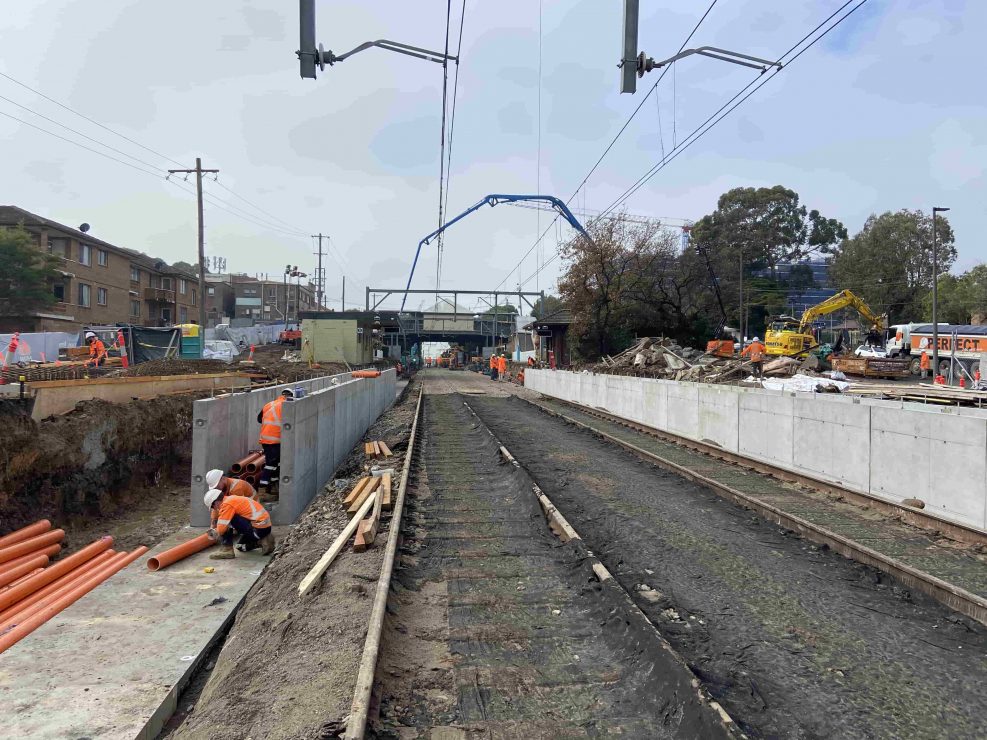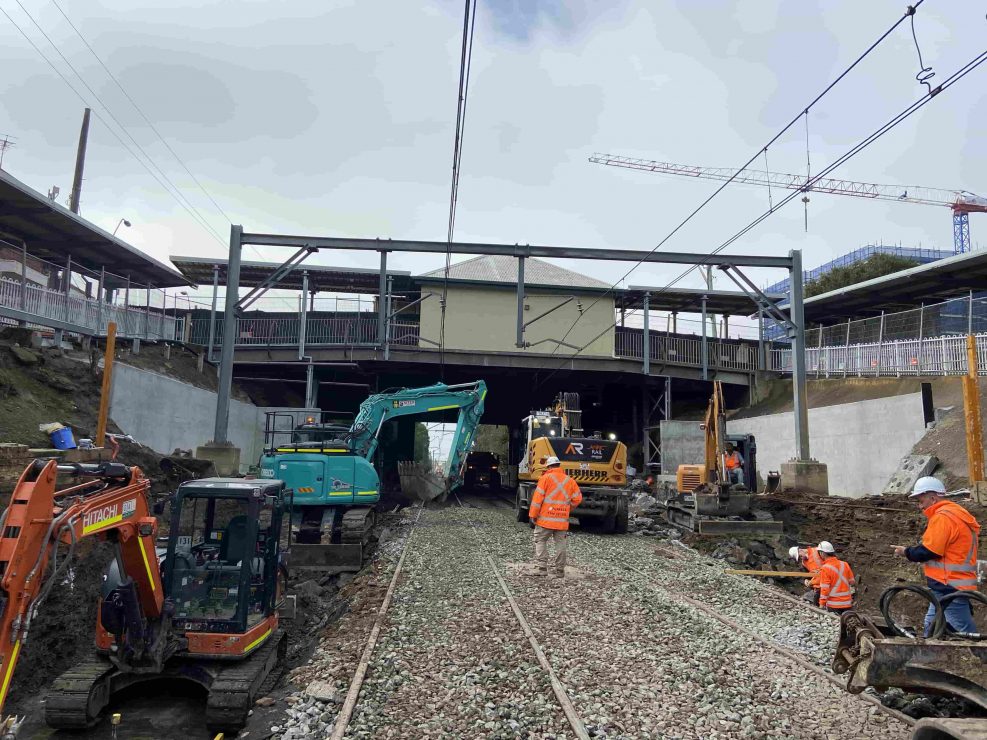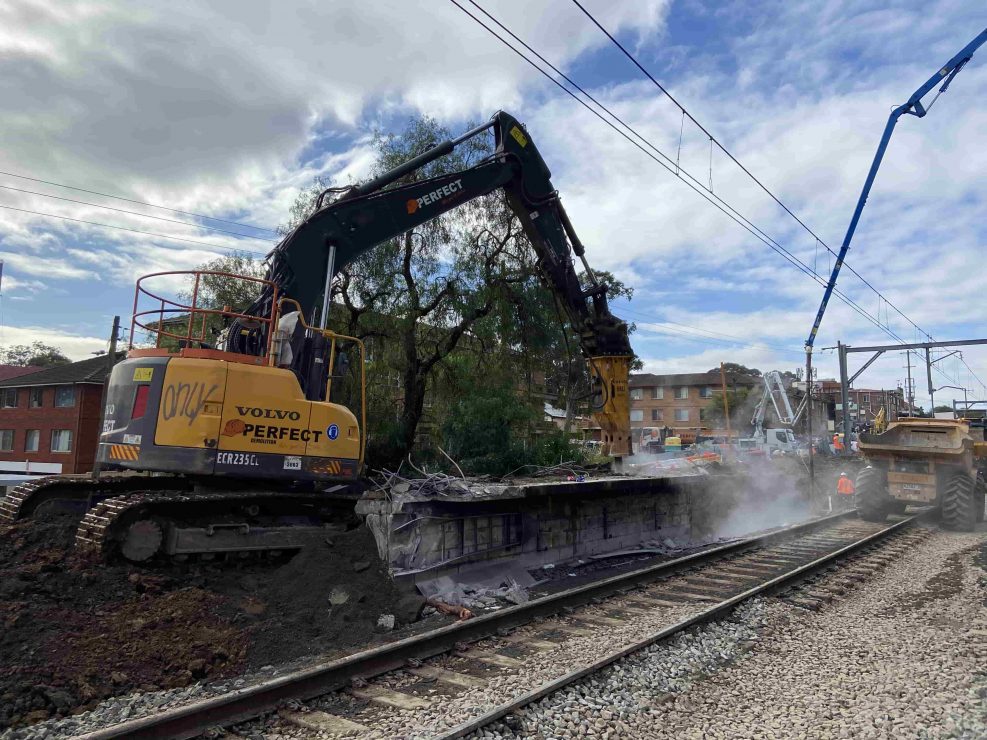Infrastructure Project Inductions
- magda

by Daniel Green
Thorough. Comprehensive. Exhaustive.
As our fair industry moves forward towards zero harm goals with ever-increasing commitment, the humble induction has swelled in both breadth and depth. There was a time when there was no induction. Now some of them run for a full week! Inductions are a deliberate obstacle to working on site that is put in place by right-thinking minds. And for good reason. However painful they feel, however lengthy they run, however still the air is inside the induction room – their rote style means safety and safe procedures get drummed into our arguably neanderthal heads.
The Why
This thought has rolled around the head of many construction workers as they sit through the repetitive information dump of yet another induction. But if we already know all this stuff, why do we have to do them in the first place?
- They’re educational. Believe it or not, inductions contain the information contained that you may not know. Project specific information that may just get you out of hot water.
- They share responsibility. Everyone has to do them, including the primary contractor’s higher-ups. And because everyone has to do them it means they level the playing field in terms of responsibility if anything that goes awry.
- They reinforce higher standards. Humans will always gravitate towards the path of least resistance. It’s just how we’re made up. Unfortunately, this can be unsafe, unethical or otherwise. Inductions remind us that newer, better practices can help prevent small issues from developing into larger ones.
- They get in front of sensitive topics and situations. We all have differing world views. A construction site is not the place to share them. Rather than waiting for a sensitive situation to develop and then reacting, inductions serve to subtly address these ahead of time.
- They check your qualifications. This allows the primary contractor to prove you can do the job they contracted you to do.
- They remind us about safety. Let’s not skirt around the issue. Construction can be risky. Constant reminders about safety are for our protection.
- They remind us about personal standards. Any form of harassment will not be tolerated in the construction industry in 2022.
Types of Inductions
When construction inductions were first introduced they were physically on-site. Then as standards and technology developed the off-site induction was introduced as a precursor to the site induction. Now, depending on the industry and your scope of work, you may need to complete four or five inductions just to set foot on site.
The General Safety Induction
Known colloquially as the White Card, this is a one-day face-to-face course to help new workers ease into the construction game. It deals with generic hazards and risks, PPE, and some basic construction terms and scenarios. Australian law prevents you from working on a construction site without one. The course is an absolutely necessary step but the reality is that if you go from working at Mcdonald’s to a tier-one building site – not much will prepare you at all.
The Online Induction
This is usually a detailed, theoretical process that can be completed on your home computer or smartphone. As it is your first introduction to the site, client or project, it will usually give an overview of all three. Often including videos that you cannot skip through followed by questions that you must answer correctly, a comprehensive online induction is becoming the norm. Because of its ability to record metadata, companies are making this the most heavyweight induction of their whole induction package. We do live in a lawsuit era. More often than not the online induction is done via an app like Sinepro or Rapid Induct. Just remember, doing these the night before [or even the morning of] is never a good idea as admin staff may need time to clear you for site work.
The Site Induction.
So you have passed your online induction, forwarded any certificates to the client’s HR department, and been cleared to work on site. Once physically on-site you’ll need to do a site induction. This will cover more site-specific rules and processes that simply can’t be covered by the online induction. They usually run anywhere from 15 minutes to 2 hours.
However, if you’re on a project long enough or are completing a task with an elevated element of risk then the site induction can run all day or even multiple days. It will invariably include a tour of the site, an introduction to key personnel and procedures, and higher risk zones or activities. Working for Laing O’Rourke in 2015 on the APLNG near Roma, Qld saw everyone complete their two-day Mission Zero induction. I’ve also heard of riskier resource sector inductions running for the entire seven day week, such as the site induction at Olympic Dam. They are mining uranium though so it’s probably wise to pay attention to that one.
Industry Specific Inductions
Construction is a broad industry with works ranging from the dead simple to the extremely complex. One induction cannot service all tasks and trades so industry specific inductions abound. The Industry Safety Induction is a one day course designed to prepare new workers for a full swing on an oil or gas rig. It contains information specific to working in that environment. Similarly, the Safely Enter the Rail Corridor course is a one day training package designed to give you specific information on working on the rail.
Project Specific Inductions
These are similar to site inductions but not the same. A project, such as the aforementioned APLNG, can have multiple sites spanning thousands of hectares. To work on the APLNG in the mid-2010’s you needed to be inducted into the project first, then complete a site induction at every new site you worked at.
Client Specific Inductions
Often there are multiple contractors working on the same project. If you do three days fit-out for Joe’s Carpentry and then three days fit-out for Sarah’s Carpentry on the same job, you can’t use Joe’s induction when you work for Sarah. You can probably use the site induction though.
Sometimes larger contractors form joint ventures, which is a new business entity to help them spread cost and risk. This new entity has its own management, processes and you guessed it – inductions. One example is the Sydney Program Alliance. A JV between John Holland, Jacobs, and Freyssinet, the SPA was formed in 2019 to perform ongoing remedial works to the Sydney Harbour Bridge. Having already completed a John Holland or Freyssinet induction isn’t enough to get you on-site – you have to do the SPA induction.
Some Important Acronyms
DOC. Duty of Care. This is a legal obligation imposed on an individual requiring a standard of reasonable care while performing any acts that could potentially harm others. It basically enforces the care for others by law.
COR. Chain of Responsibility. This began in the transport industry but has since spread to other sectors. It legally enforces not ‘throwing someone under the bus if an incident occurs. All parties in the company’s chain of command can be liable from the CEO on down.
In Conclusion
Like all entities, the construction industry is an organic beast that evolves as it rumbles along. Separated from old school thinking and new, the ideas around how much induction is too much is continuing rhetoric. Arguments for and against both sides have good points to raise. One thing is for certain though. As long as we continue to work in what is ultimately a hazardous environment, the powers that be will do what they can to keep us safe. A position that is far better than the alternative.
Go Get It Done.











